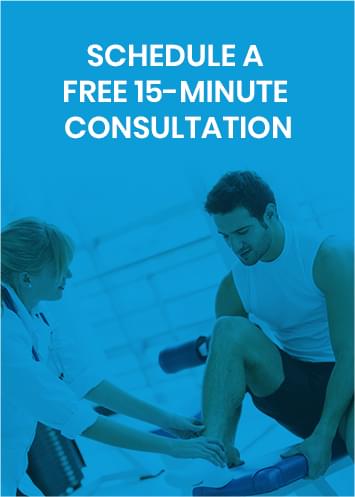
Dizziness and vertigo are very often getting mixed up in everyday’s vocabulary, however they are two different phenomenon. While dizziness is used to describe a sensation of unsteadiness, disorientation, light-headedness or loss of balance, vertigo usually refers to a spinning sensation, either of ourselves or of the environment. Vertigo and dizziness can present separately or simultaneously. They both are caused by a dysfunction of our vestibular system, which includes our joint proprioception, our inner ear mechanism, our vision, and the balance centers in the brain where all those inputs meet. Normally, our brain is capable to integrate different motion signals coming from our environment and react appropriately. Sometimes however, our vestibular system is altered and it creates a mismatch between the spatial environment and our perception of it. When this mismatch happens, dizziness occurs.
Causes
Because of the imprecision of the term, there are many conditions that can be associated with dizziness or vertigo, from metabolic disorders such as low blood pressure or low blood sugar level, to severe conditions such as tumors. Some of the most common conditions leading to dizziness are BPPV (benign paroxysmal positional vertigo), vestibular neuronitis, acoustic neuroma, Meniere’s disease, labyrinthitis, otitis media, mal de debarquement syndrome, fistula, superior canal dehiscence, head trauma, or infections. It can affect any age and can last anywhere from a few seconds to a constant state. It can be provoked by a specific activity, movement or position, or it can come randomly without any specific causation or pattern. Sometimes, the dizziness can be accompanied by headaches, vomiting, or alteration of hearing sensation such as hearing loss or tinnitus (ringing in the ears), making the condition even more difficult.
Diagnosis
In the large majority of cases, the dizziness or vertigo can be diagnosed and treated at a doctor’s clinic after a detailed history taking, a physical examination and a balance testing, which include eye movement testing, body and head movement testing, postural analysis, and dynamic rotational testing. In some cases, an MRI of CT scan of the brain might be needed in order to diagnose properly. In case of an infection, blood testing might be required.
Treatment
Conventionally the main options to treat dizziness and vertigo are medication and balance therapy. If some medications can help with alleviating the symptoms, most of the drugs prescribed are anti-depressant or anti-nausea and hence don’t provide any treatment or support for the primary cause of the dizziness. It is also important to realize that dizziness is one of the most common side-effects of prescription drugs.
In our approach, we focus on treating the root cause of the dizziness. After performing a throughout neurological and vestibular examination, the specific area of the vestibular system that is not working properly is identified. Once that is done, a specific vestibular rehabilitation program, including eye movement exercises, eye-hand coordination, head and body repositioning techniques, will be tailored in order to increase the efficiency of the treatment. The goal of those exercises is to rematch our perception of the environment with the actual spatial environment, which will result in full recovery.

